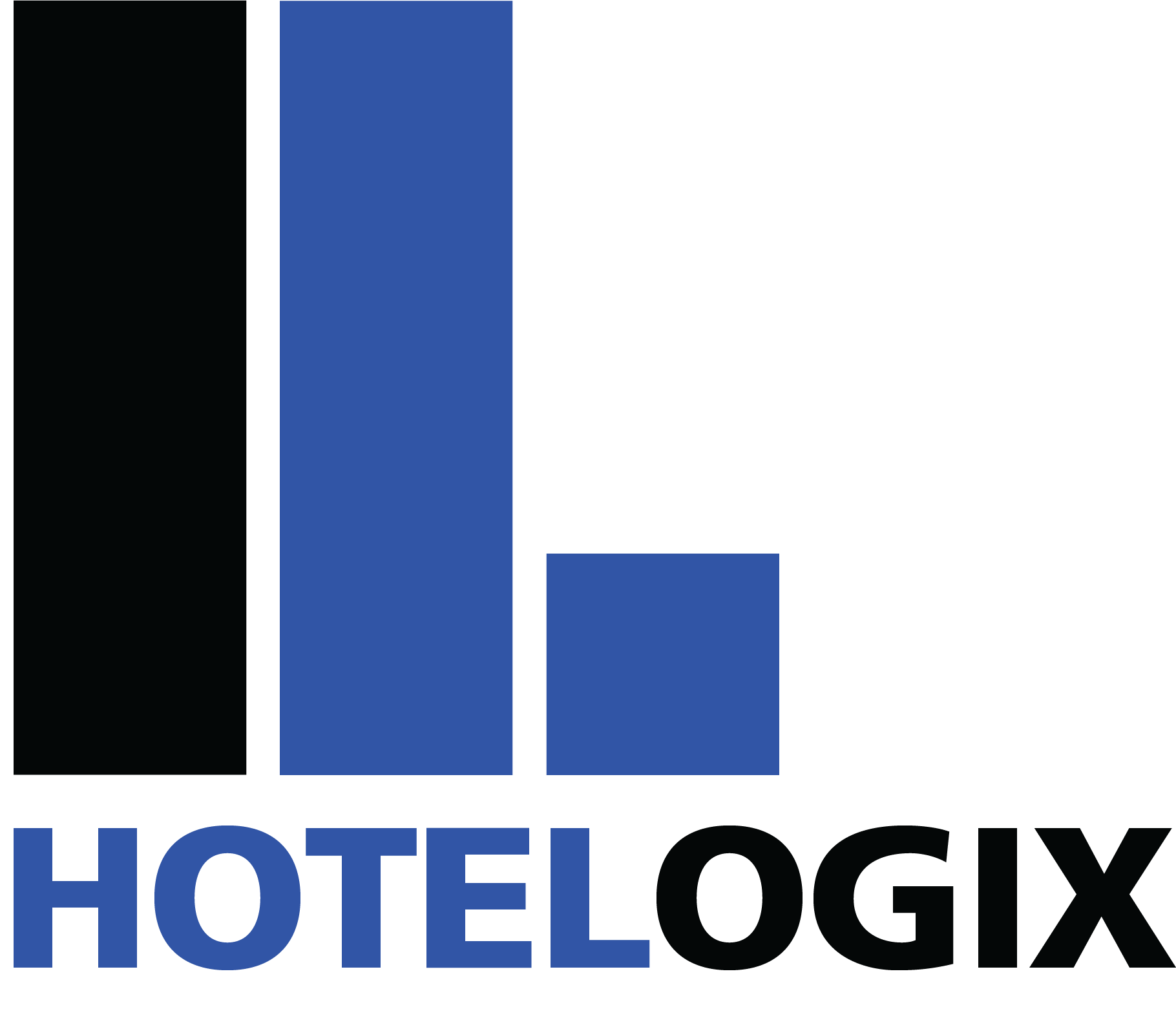Call it revenue management or yield management, no hotel business can succeed without this highly critical operational strategy. And when you are responsible for driving the profitability of your hotel chain, the multitude of challenges can overwhelm you. This piece will walk you through efficient revenue management strategies to help you sell the right room at the right price via the right channel at the right time to the right guest. So get ready to explore the possibilities and potentials with us.
Here are some of the essential steps toward an efficient hotel revenue management strategy –
#1: Guest segmentation
This fundamental component of your revenue management plan entirely depends on your chain hotel’s brand and your USP. You can segment them based on types, including business travelers, leisure travelers, business groups, and leisure groups. Oh yes, don’t forget to look at bleisure travelers. Plus, you can track the channel via which they booked with you – OTA, your brand website, phone call, central reservation system, walk-in, travel agents, and wholesalers.
Such categorization equips you with data to understand your guests, their booking pattern, choices, and many more. For example, one such segment could be your business travelers. They won’t mind paying a little higher if you offer them the flexibility to modify their reservations at even the last minute. However, another segment could be your leisure travelers. They mostly would opt for non-cancellable and cheaper rates. In simple words, this is all about knowing your guests’ willingness to pay for your services. This enables you to target and sell your rooms to a wide range of potential guests with varying needs and budgets.
#2: Dynamic pricing
Dynamic pricing or a time-based pricing strategy can help you improve your hotel chain’s revenue with maximum occupancy. You must implement this efficient pricing approach to change your room rates daily, based on real-time market data, such as competitor pricing, seasonality, supply, and demand. Today, some sophisticated AI-powered hotel revenue management systems can process various related live data to respond to changes accordingly. Here is a simple example – offer low prices when demand is low. But don’t forget to increase your room rates when demand rises. This is a proven way to increase your RevPAR.
In this context, you may want to adopt an open pricing strategy whenever the need arises. The basis of such pricing is about setting your room rates at different levels while targeting different segments. Hers is an example – say you are a luxury hotel. Your guests pay you a premium to experience your hospitality. But you have seen a drop in occupancy in a specific time frame of the year. Now, you may want to slash your rates during those off-seasons for guests who are not willing to pay the regular premium price. Don’t you think that it will help you fill in some rooms and bring in some revenue? After all, your rooms are perishable items.
#3: Demand forecasting
The critical aspect here is to – look back, look ahead, and predict. Wait a second. There is no room for guesswork here. Let an intelligent revenue management system do this for you. It considers various critical data including historical data, holidays, events, economic situation, political scenario, weather condition of your region to help you understand and predict when demand may increase or decrease.
Under normal circumstances, this year’s upcoming peak season should ideally be more or less 1% to 2% up/down compared to last year’s same time. In this case, it is not advisable to price too low, then hold out, and then increase at the end of the season. It is not going to help. Instead, have your revenue management team look at the system-generated data and intelligently adjust your pricing.
#4: Length of stay restriction (LOS)
Use this strategy to encourage your guests to stay more nights while increasing your occupancy. For example – Fridays being the peak days, don’t just accept any one-night booking on Fridays. Look at your arrival/departure report, and implement a minimum length of stay restriction to sell three nights, from Friday to Sunday.
Similarly, use maximum LOS during the high rate period to limit the number of rooms sold at heavy discounts. For example, you can implement this when you want a guest to stay for a maximum of two nights instead of three. In both cases, make sure you adjust your rates to make the LOS price attractive for your guests.
#5: Room distribution
This is critical. For this, you should integrate your Hotel PMS with a channel manager. Via this integration, you should be able to update your rates and availability across all your connected OTAs, website, GDS, and metasearch engines in real-time. A seamless, two-way flow of reservation, rate, and availability data ensures that all the connected sales channels have the same availability and rates. This helps you do away with overbooking and double booking that hurts your brand while selling more rooms.
#6: Calculated overbooking
Yes. You heard it right. Overbooking without a plan can backfire, resulting in loss of business opportunities and guest dissatisfaction. However, if you can do it carefully, you can drive the revenue potential of your property while mitigating loss arising out of no-shows, last-minute cancellations, early checkouts. To achieve this, you need to look at several critical data on new reservations, canceled reservations, nightly departure reports, arrival reports, and all in-house reports. Careful and expert analysis of these data will help you predict the number of overbookings you can take to ensure maximum occupancy.
Some other important points to consider
Data is king when it comes to devising a solid revenue management strategy. Make sure your revenue management team has access to property-level/group-wide reports on all relevant KPIs, including RevPAR, ADR, and occupancy daily, weekly, monthly, and quarterly. You also need a channel performance report to understand channel-wise guest acquisition costs to make the right pricing decision.
Additionally, make sure that your Hotel PMS gets integrated with a revenue management system. Look at Hotelogix cloud Hotel PMS with multiple revenue management system integrations, including Aiosell and Beonprice. Through patented AI technology, such integration helps you increase revenue by finding the best combination of consumer demand and hotel supply. These intelligent revenue management systems change your room rates based on several critical external and internal factors.


